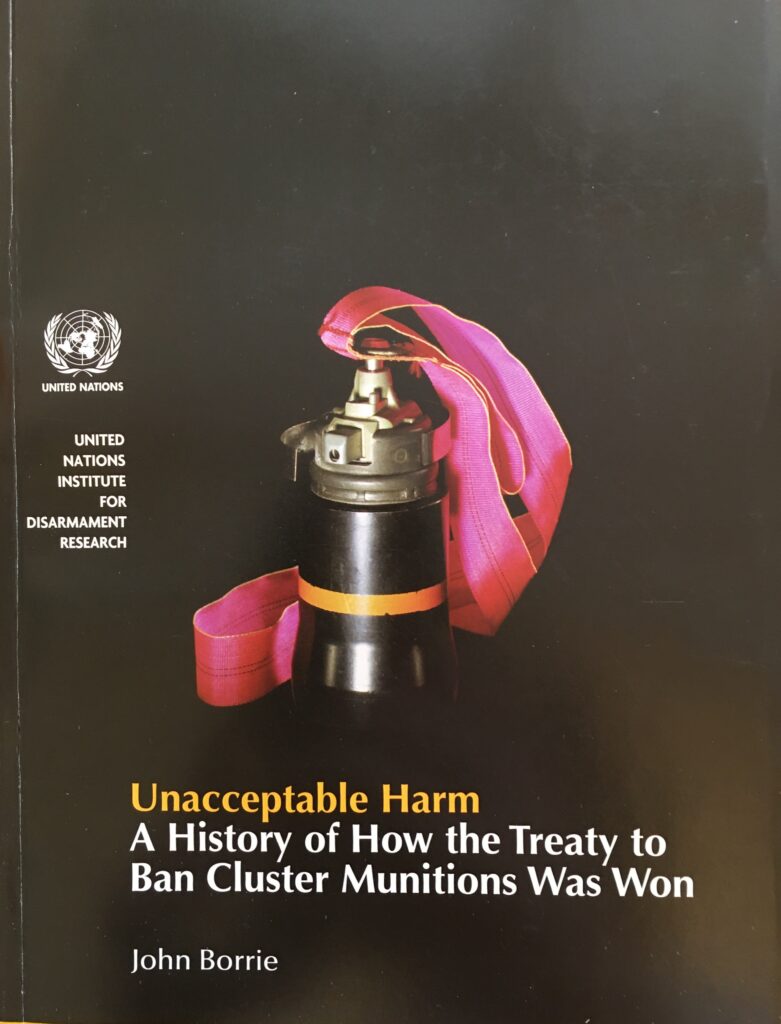Cluster munitions saturate areas with explosive force. These weapons pose danger to civilians because they are prone to indiscriminate effect at time of use and because they create a hazardous residue of unexploded submunitions. In May 2008, 107 states adopted a treaty banning cluster munitions, a humanitarian and disarmament milestone.
This history explains how the treaty was achieved through the "Oslo process", a partnership of governments, international organizations and civil society. It examines why it took so long for the world to act, why it eventually did, and what lessons banning cluster munitions might hold for future efforts on a pressing challenge of our time: protecting civilians from the effects of explosive weapons.
Citation: John Borrie (2009). "Unacceptable Harm: A History of How the Treaty to Ban Cluster Munitions was Won", UNIDIR, Geneva.
